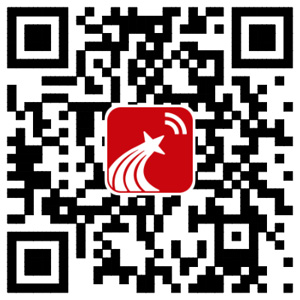The potential toxicity, safety and anti-drug antibody production of the novel IL-2 “no-alpha” mutein is in need of investigation as it may be a critical candidate for cancer therapy. The design of this mutein is meant to reduce toxicity compared to the IL-2 wildtype by disrupting interactions with the alpha receptor (CD25) and increasing the efficacy of the treatment. This was assessed following administration to Sprague-Dawley rats intravenously (IV), and it occurred over three cycles of five days each with daily dosing, with a 9-day washout period between each cycle. For the mutein dose groups, animals were dosed via IV at dose levels of 600, 6000, 18,000 U/kg. This dosing regimen is equivalent to 1x, 10x, and 30x the proposed first human dose, respectively. This study also assessed the progression or regression of any effects following a 14-day treatment-free recovery period for the control and high dose groups. Rats that were administered the “no-alpha” mutein at 600 and 6000 U/kg were well-tolerated with no apparent abnormal observations in general health, behaviour and autonomic function. There was no evidence of systemic toxicity based on evaluations in clinical pathology, gross necropsy and histopathology. At 18,000 U/kg (30x), abnormal clinical signs were observed at the injection sites consisting of localized swelling, discoloration, scabbing and necrosis. These animals showed a significant recovery in abnormal localized clinical signs following the treatment free period. Additionally other parameters did not indicate any significantly detrimental effects at this dose level. Therefore, the IL-2 mutein “no-alpha” seems to hold promise as a valuable addition to the current array of cancer therapy strategies, especially at the proposed dose level.
The potential toxicity, safety and anti-drug antibody production of the novel IL-2 “no-alpha” mutei

